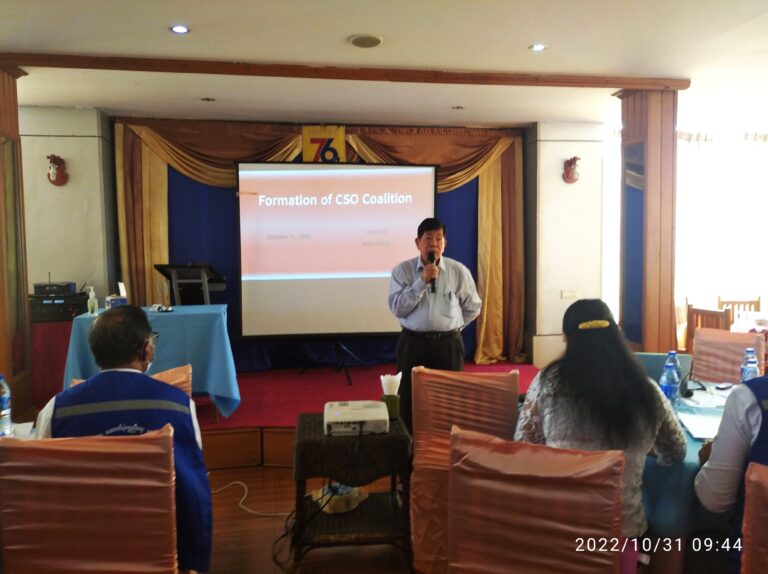In 1992, the State Law and Order Restoration Council transformed the Ministry of Social Welfare into the Ministry of Social Welfare, Relief and Resettlement. In 2018, the Department of Relief and Resettlement under the Ministry was renamed to the Department of Disaster Management to conduct disaster management activities in accordance with global standards.
Facebook Page
